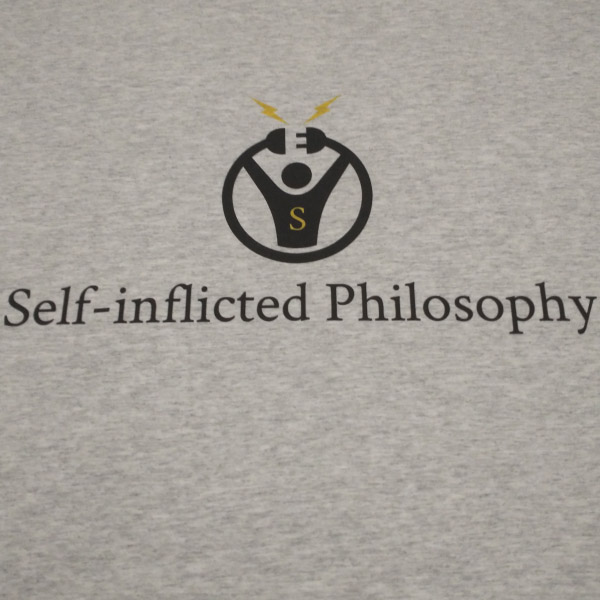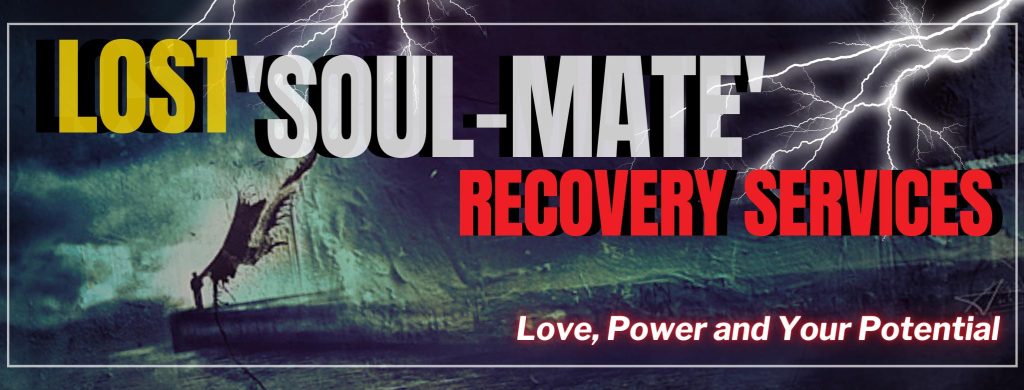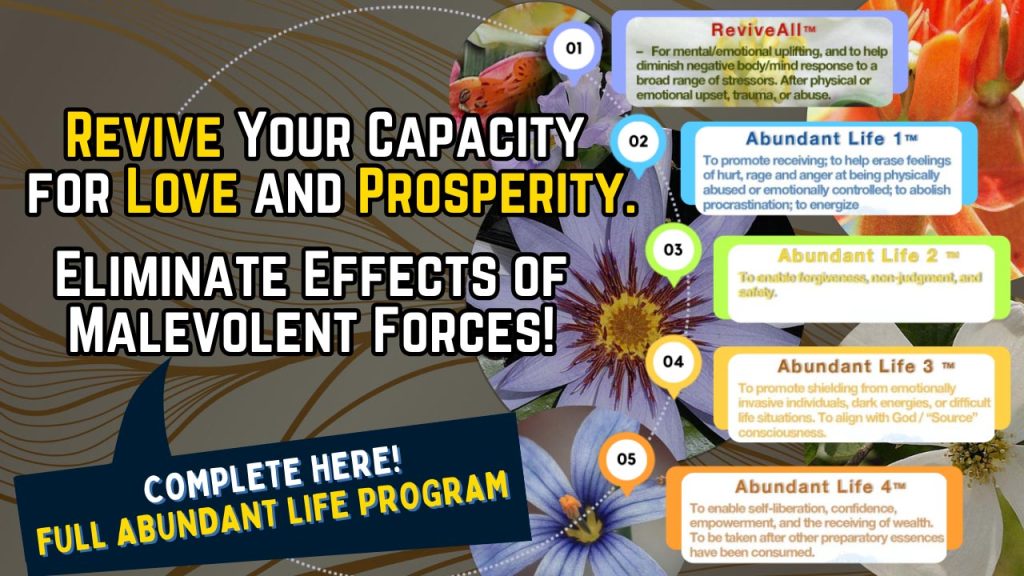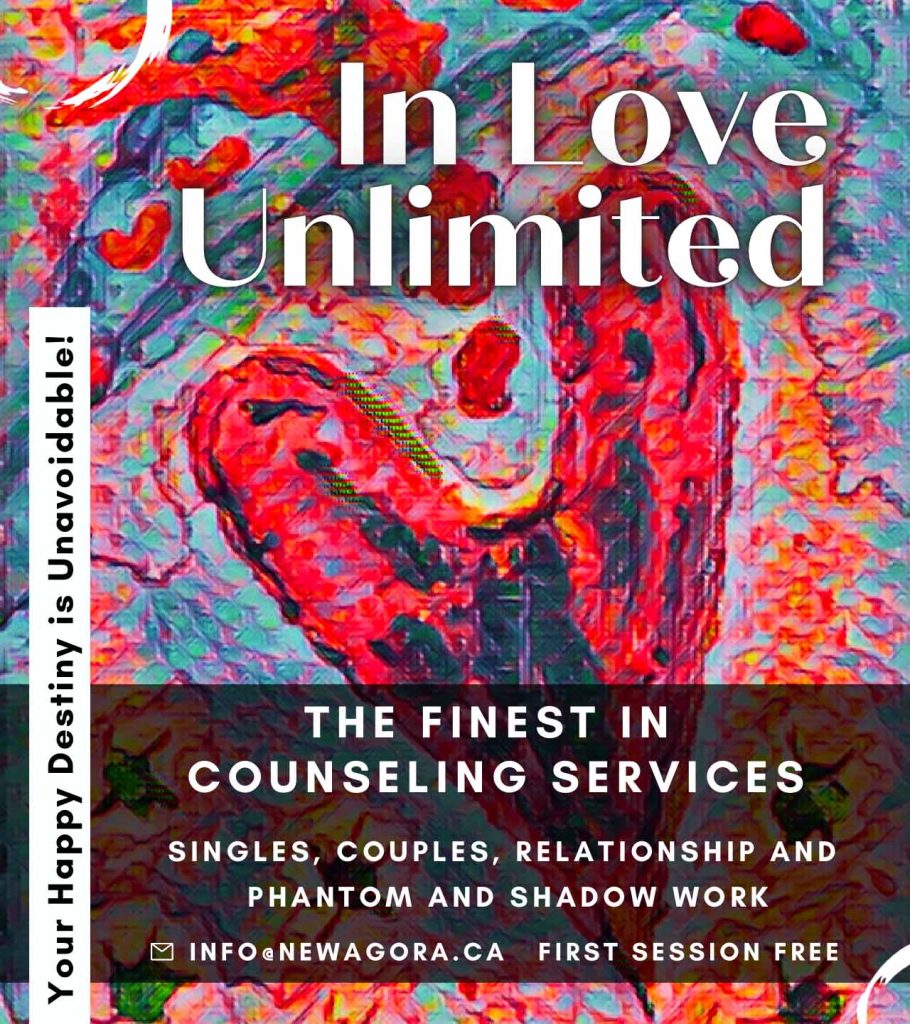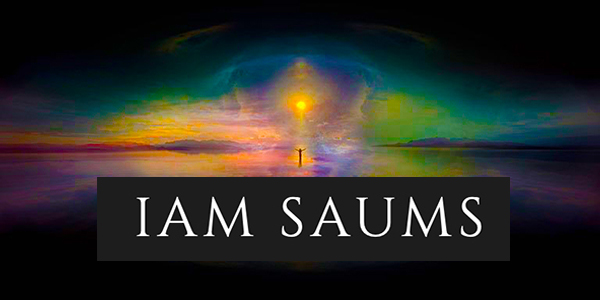By Gary Z McGee
“Amor fati is a sentiment of willingness to accept at last the way things have gone and will go; to love a life that tries in almost every moment to make you hate it and to still stare back at it and say, ‘yes, I love it.’ What’s scarier than an opponent who smiles while being beaten?” ~Pursuit of Wonder (See video at the end of the article.)
To be unconquerable by anything, we must be willing to lose everything. But the opposite of this may also be true: To conquer everything, we must be willing to surrender ourselves to fate. As Niels Bohr suggested, “The opposite of one profound truth may very well be another profound truth.”
Inside our fate (on the inside looking out), we must be willing to lose everything to make a dent, to self-improve, to individuate, to become enlightened. Outside our fate (on the outside looking in), we must be willing to lose our ego’s attachment to how things turn out. Maybe we made a dent, maybe not. Maybe we improved ourselves, maybe not. Maybe we individuated, maybe not. Maybe we became enlightened, but probably not. And that’s okay. The journey is the thing, not the destination.
That’s the epitome of amor fati (love of fate): To fall in love with the journey itself and let the chips fall where they may. If the chips should fall in favor of triumph and fortune, so be it, enjoy it, make the best of it, use it as fuel to continue the journey. If the chips should fall out of favor and lead you into tragedy and misfortune, so be it, make the best of it, use it as fuel to continue the journey.
Amor fati is vital for the individuated person seeking interdependence and self-overcoming; first, through the ego-centric will to power (on the inside looking out), and second, through the soul-centric will to surrender (on the outside looking in).
From this state of surrender, we are free to re-condition cultural conditioning. We are free to take destiny into our own hands. Being-in-fate trumps being-in-itself. Amor fati becomes fuel for the fire for a life well-lived. Fear-filled blue pills get swapped out for wisdom-filled red pills as we creatively and imaginatively transcend whatever condition we may find ourselves in. Through our healthy detachment we are better able to appreciate how everything is attached.
Inside fate, we are free to write our own story despite all the other stories crashing into each other on the superhighway of the human leitmotif. Outside fate, we are free to love how the story has turned out so far despite our expectations or the expectations of others.
Once we realize the extraordinary power of surrender, we’ll move from passive, conditioned thinking to being a proactive co-creator of fate. We’ll become more likely to transform a hardship into a benefit, or a hang-up into a wakeup. As Ludwig Wittgenstein said, “We are asleep. Our Life is a dream. But we wake up sometimes, just enough to know that we are dreaming.” This is the sacred state of being-in-fate.
Being-in-fate keeps us flexible in the face of unexpected change. We must be pliant to destiny and vicissitude, not merely compliant to “rules” and cultural norms. This requires vulnerability and deep questioning. It requires gratitude and radical forgiveness. But most of all it requires courage and curiosity. Through courage and curiosity, we are more likely to seize the day.
Carpe punctum (seize the moment) leads to carpe diem (seize the day) leads to carpe vita (seize the life) leads to carpe fati (seize fate).
When we seize fate, we are on the outside looking in. With a bird’s eye view, we are able to see the chalk line of our fate. From this vantage point we can manifest potential. We may not be able to see all potential timelines, but at least we can narrow down a few and focus on pulling ourselves closer to them.
When we seize our fate, we are oriented to process rather than outcome. But there’s nothing preventing us from making lofty goals (self-actualization, enlightenment) a part of that process. Should we fall short, oh well, the process continues. Should we always fall short, oh well, the journey was the thing. At least we tried.
Seizing fate is all about embracing our inner gardener. Our seeds represent our striving for self-improvement, our hope, or what we wish to achieve. The soil is fate, which we do not have control over. But that’s okay because there are things that we do have control over. Like how much we “water” (cultivate and pay attention to) our seeds.
Don’t worry if the seeds take root or not. Don’t worry that they may get dug up by unforeseen circumstances. Don’t worry if there will or will not be enough rain to help them grow. That’s neither here or nor there. Right now, it’s all about planting the seeds. The action of planting a seed trumps what becomes of the seed. Process trumps outcome. Journey trumps destination.
Sometimes, usually, fate is out of our hands. And that’s okay. There’s more to being human than choice, there’s vicissitude.
Human flourishing, Eudaimonia, doesn’t just happen. It takes work. It takes perseverance. It takes blood, sweat, and tears. And even then, sometimes it won’t be enough. But it will have been enough that you focused on process over outcome. It will have been enough that you allowed the journey to be the thing.
When we seize fate, we are open to the call of Kairos ‘the right time’. Kairos is begging us to seize the day. Kairos is calling us to adventure. It foreshadows shadow integration. It’s a wolf howling in the moonlight, a wave crashing down on our all-too-comfortable shoreline. Kairos is a wakeup call. It is the cataclysmic confrontation between the all-too-comfortable ego and the realization that “time makes ancient good uncouth” (James Russel Lowell).
As Paul Tillich said, “There are moments in which Kairos ‘the right time’ is united with logos, ‘the eternal truth’, and in which the fate of philosophy is decided for a special period.” When we are being-in-fate, we are allowing a higher probability for this sacred alignment to occur.
When we give our heart up to Fate, we go beyond right and wrong, beyond good and evil, beyond black and white, beyond life and death. We are able to dance between summit and abyss. Destiny itself becomes our God. Full surrender. Full disclosure. Full of courage and vulnerability despite vicissitude, we learn how to improvise, how to adapt and overcome.
Fate is a fickle beast. We should learn to love her anyway. The more we embrace her, the more likely she will purr. The more we avoid her, the more likely she is to dig her claws into our reluctance and drag us away kicking and screaming. As Seneca said, “Fate leads the willing and drags along the reluctant.”
As such, a painful life should not be avoided at the expense of love. Love should be embraced at the risk of a painful life.
Seizing fate teaches us how to roll with the punches. It teaches us the high honor of humility and humor. It teaches us how to focus on what we can control and how to fall in love with the adventure being the thing. In the end, life is less about what we want and more about making the best of what we get. Making the best of what we get is falling in love with Fate.
Image source:
About the Author:
Gary Z McGee, a former Navy Intelligence Specialist turned philosopher, is the author of Birthday Suit of God and The Looking Glass Man. His works are inspired by the great philosophers of the ages and his wide-awake view of the modern world.
This article (Amor Fati and Radical Acceptance) was originally created and published by Self-inflicted Philosophy and is printed here under a Creative Commons license with attribution to Gary Z McGee and self-inflictedphilosophy.com. It may be re-posted freely with proper attribution, author bio, and this statement of copyright.
– Come Like Us on Facebook – Check us out on Instagram –
– Sign Up for our Newsletter –






